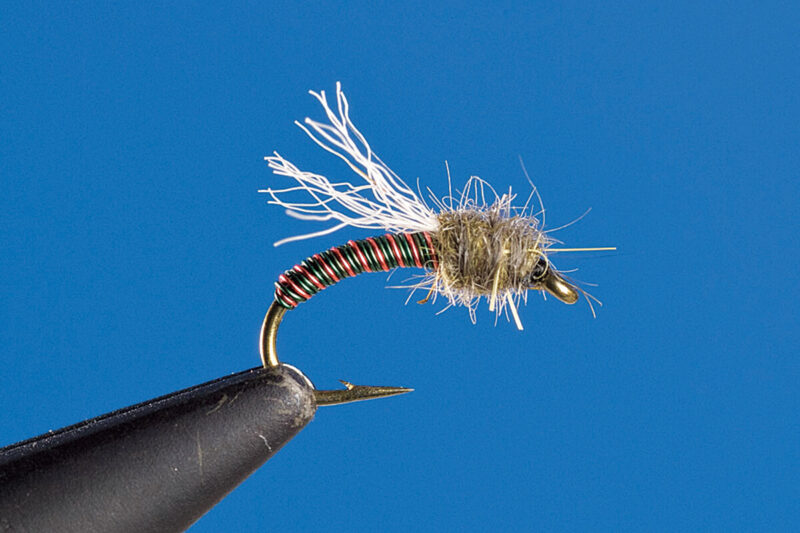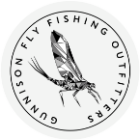MIDGES
Secrets of Midges: Life Cycles and Fly Patterns for Gunnison Anglers
Midges may be small, but their impact on the Gunnison River’s ecosystem is immense. These tiny, two-winged insects, part of the Chironomidae family, are a vital food source for trout year-round. Understanding their life cycle and knowing how to imitate their various stages can transform your fly fishing strategy. This guide dives deep into the details of midges, their unique life stages, and the best fly patterns to help you succeed on the water.
What Are Midges?
Midges are tiny, mosquito-like insects that thrive in aquatic habitats such as rivers, lakes, and ponds. Unlike mosquitoes, midges do not bite, but their importance in the food chain cannot be overstated. Trout and other fish rely heavily on midges at every stage of their life cycle, making them a key insect for anglers to understand. These insects are incredibly adaptive, thriving in both clear mountain streams and nutrient-rich lakes.
The Life Cycle of Midges
Midges undergo a complete metamorphosis, transitioning through four distinct stages: egg, larva, pupa, and adult. Each stage provides unique opportunities for fly fishers to match the hatch.
1. Egg Stage
Female midges lay their eggs in clusters on the water’s surface, often near slow-moving currents or still pools. These eggs quickly sink and attach to submerged vegetation or sediment. Within just a few days, the eggs hatch, ushering in the larval stage.
2. Larval Stage
The larval stage, often referred to as "bloodworms," is where midges spend most of their life. These slender, worm-like creatures are typically red due to their hemoglobin content, which allows them to thrive in oxygen-poor environments. Larvae burrow into the sediment, feeding on decaying organic material. This stage can last weeks to months, depending on water temperature and species. During this time, trout often feed on drifting larvae, making larval imitations essential for anglers.
3. Pupal Stage
As midges transition to their pupal stage, they prepare for emergence. Pupae are more mobile, rising to the water’s surface with the help of trapped air bubbles. This movement makes them highly visible and vulnerable to feeding fish. The pupal stage is brief, often lasting just a few days, but it is one of the most critical times for fly fishers to capitalize on trout activity.
4. Adult Stage
The adult stage is the final and shortest phase of the midge’s life cycle. Once they emerge, adult midges swarm in large groups to mate. Their lifespan is short, typically just a few days, but during this time, they are often found resting on the water’s surface, providing a feeding opportunity for trout. Observing midge activity on calm water can signal the need for adult fly patterns.


Fly Patterns of the Midge Stages
Matching your fly patterns to the midge’s life stages is crucial for a successful day on the Gunnison River. Here are the top patterns to consider:
Larval Patterns
- Zebra Midge: This simple, beadhead pattern mimics the segmented appearance of midge larvae and is highly effective in clear waters.
- Blood Midge: Designed to imitate the red coloration of natural bloodworms, this pattern is perfect for nutrient-rich waters.
Pupal Patterns
- RS2 Emerger: This emerger pattern represents the midge pupae’s ascent to the surface and is a staple in any angler’s fly box.
- Soft Hackle Midge: The movement of its hackle imitates the fluttering of pupae near the surface.
Adult Patterns
- Griffith’s Gnat: Ideal for imitating clusters of adult midges resting on the water, this pattern is a must-have during calm conditions.
- Parachute Adams: While versatile, it excels at mimicking solitary adult midges, especially during sparse hatches.
Fly Fishing Midges on the Gunnison River
Midges hatch year-round, making them a consistent food source for trout and a reliable focus for anglers. Observing the water for rising fish, surface swarms, or drifting larvae can help you choose the right fly pattern. Whether it’s a blood midge in winter or a Griffith’s Gnat during a calm summer evening, matching the hatch ensures your best chance of success.
Gunnison Fly Fishing Outfitters is here to equip you with the knowledge and tools you need to master midge fishing. Visit us for expert advice, quality gear, and a deeper connection to the river’s ecosystem.
